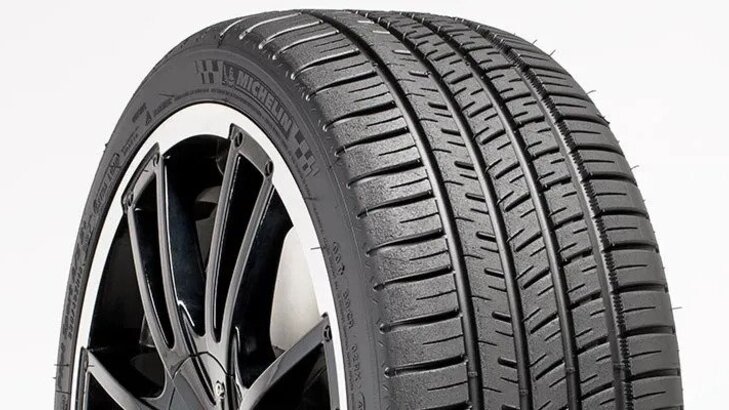Difference Between Regular Tyres And Winter Tyres In Cold Condition
Since road conditions are not always in favour of car drivers, tyres have to possess proper endurance against unfavourable road conditions.
Nowadays, a lot of Hankook Tyres Ebbw Vale of tyres are available in the market. These types have different features. Therefore, they are suitable for specific road conditions. In other words, tyres would not provide a high level of performance if you use them wrong road or in weather conditions.
In this blog, we will talk about the efficiency of winter tyres in winter conditions.
The main function of a tyre is to provide proper grip and traction on both favourable and unfavourable road surfaces. Winter tyres provide better traction on snowy roads in the comparison with regular tyres.
So, we have to concentrate on traction while talking about the gripping power of car tyres.
Why is tyre traction important?
Your tyres provide proper stability and control to the vehicle by maintaining proper traction on roads. Proper traction plays a vital role while you try to stop, accelerate or turn your vehicle. Better traction means your tyres hold the road surface effectively. Suppose your tyres are weak in holding the surface, you have to make extra efforts while you turn your car.
Experts measure the level of traction based on both dry and wet surfaces. Therefore, a tyre may provide better traction on dry roads and the same model may perform weakly on wet roads. Some tyres are equally well on both dry and wet road surfaces.
It is very hard to maintain proper grip and traction on an icy or snowy road because of the slippery nature of the surface.
Winter tyres provide proper traction on snowy roads since they have certain features that support wintery conditions.
Factors affecting traction
Several factors affect traction. One of these factors is the amount of contact area that touches the road surface directly. According to experts, a wider contact patch will provide better traction. Other factors include the tread pattern; tread depth, aspect ratio, and air pressure.
Winter tyres and traction on snow
Snow or winter tyres are appropriate to face winter conditions. They provide the highest level of traction on snowy roads. Regular tyres do not have the features that will be beneficial in snowy conditions.
When talking about winter and regular tyres, we have to consider the three main factors. These three factors are rubber compound, tread pattern and depth, and biting edges.
The rubber material of winter tyres works effectively in cold conditions. The rubber has natural rubber and silica to remain soft in the winter months. Therefore, your winter tyres maintain proper grip and traction on snow and ice.
The tread pattern and depth are also suitable for snowy conditions. Winter tyres have deeper tread blocks in the comparison with regular tyres. Therefore, they run on the snowy surface with more effective traction. Winter tyres also have special grooves called sipes to maintain superior water-displacing ability.
Winter tyres have a series of biting edges that are absent in regular tyres. These special grooves are very effective to provide better traction on snowy roads.
Why are regular tyres ineffective in winter conditions?
The rubber compound of regular tyres will get stiffer. As a result, they would not be able to provide proper grip and traction on snowy roads.
The icy surface becomes more slippery due to a film of water that takes place due to heat and friction.
Slush also comes with certain challenges for car drivers. Regular tyres are unable to face these challenges since their tread pattern is not able to displace snow and slush effectively.
Conclusion
The conclusion is very clear. Snow or winter tyres are extremely effective in snowy conditions. Regular tyres will struggle in the same conditions due to their ineffective design in winter conditions.
Similarly, winter Tyres Ebbw Vale will be ineffective in warmer weather. Therefore, you must use winter tyres in wintery conditions only.

